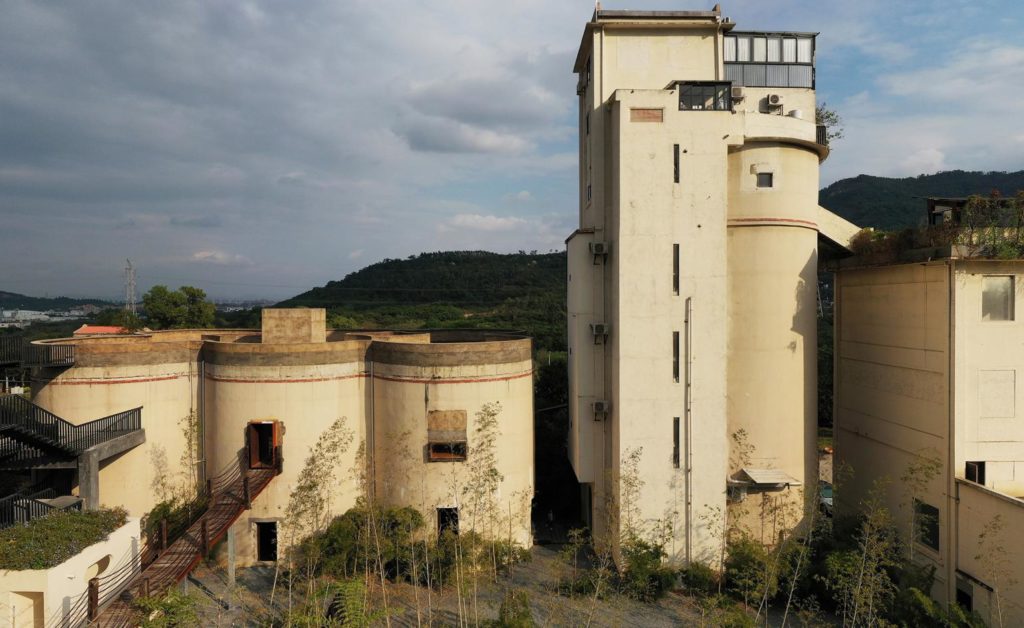A Chinese industrial building transformation makes for a minimalist live/work space
The renovation of an abandoned cement factory in the southestern coast of China by designer Wanmu Shazi resulted in a minimalist and calming live/work space
Chinese designer Wanmu Shazi wears multiple hats. He kicked off his career as a carpenter and furniture maker; he moved on to apply his woodworking skills onto anything from furniture, spatial installations, sculpture, and even fashion; and most recently he has turned his hand to architecture, when he took on the project of an industrial building transformation into a contemporary home and atelier for himself and his studio.
The scheme occupies the site of an abandoned cement factory in Fengnan, Xiamen, in China’s southeastern coast. Sat on the edge of town, next to existing structures, farmland and a landscape of verdant, rolling hills beyond, the original building was in dire need of a refresh. Wanmu Shazi maintained most of the old building fabric, including a dramatic composition of three tall, concrete cylinders, which he gutted and reused. One of them now contains a 15m-tall ‘meditation teahouse’, another hosts the artist studio and a woodworking exhibition hall, and the last houses the designer’s own home.
‘As I was renovating the building, I repeatedly walked through the space, to find the most comfortable scale and the most appropriate positions for window openings. Stepping into this place, you’ll feel being “wrapped” by the architecture and be healed both physically and mentally,’ the designer explains, highlighting the importance of physical comfort and achieving a warm home in the project’s redesign.
Wanmu Shazi worked mostly with volumes and negative space, openings and light to compose his interiors. Decor is sparse and minimalist, allowing architecture and emotion to take centre stage. A green tree in the foyer, planted centrally and underneath a round skylight, blurs the boundaries between inside and outside.He describes the spatial ambience as ‘Qi’ (the Chinese concept for ‘vital energy’ or ‘life force’). He believes that quality design needs to ‘focus on “Qi” rather than form, as the spatial atmosphere can not only stimulate sensory experience and but also evoke emotions.’
A narrow, wooden bridge connects this industrial building transformation with the outside world, creating a sense of mystery and exploration. Meanwhile guests walk into the complex through a door that feels distinctly utilitarian in nature, made of rusted steel and lightweight glass, hinting to the industrial heritage of this unusual home – which Wanmu Shazi also opens to young creatives for workshops, shows and events, to stimulate creativity and culture in the region. §
